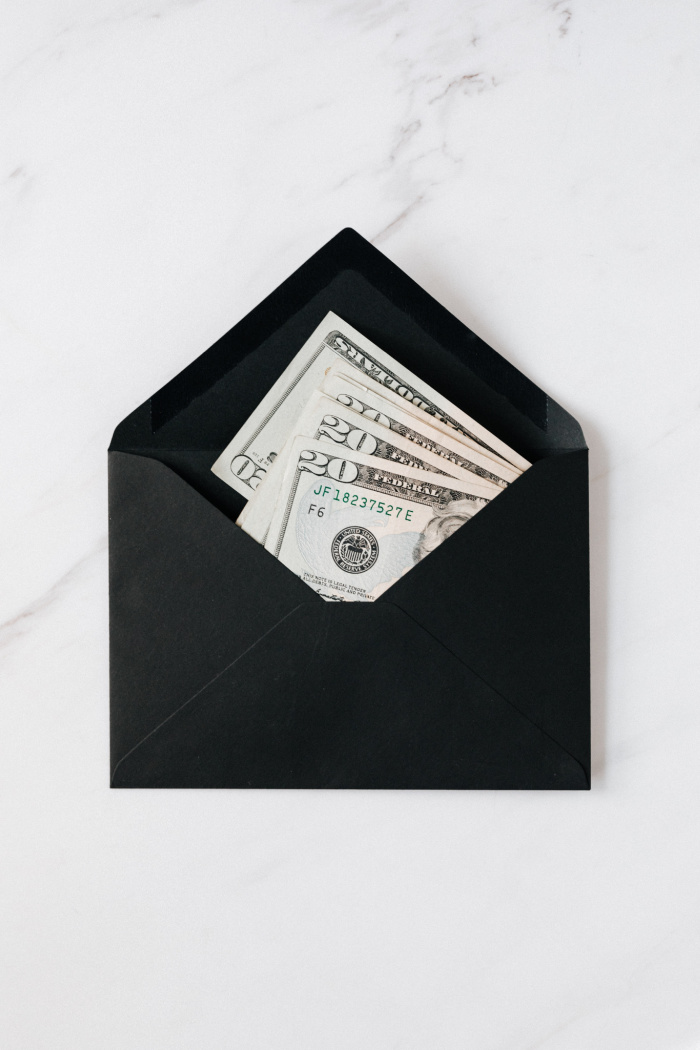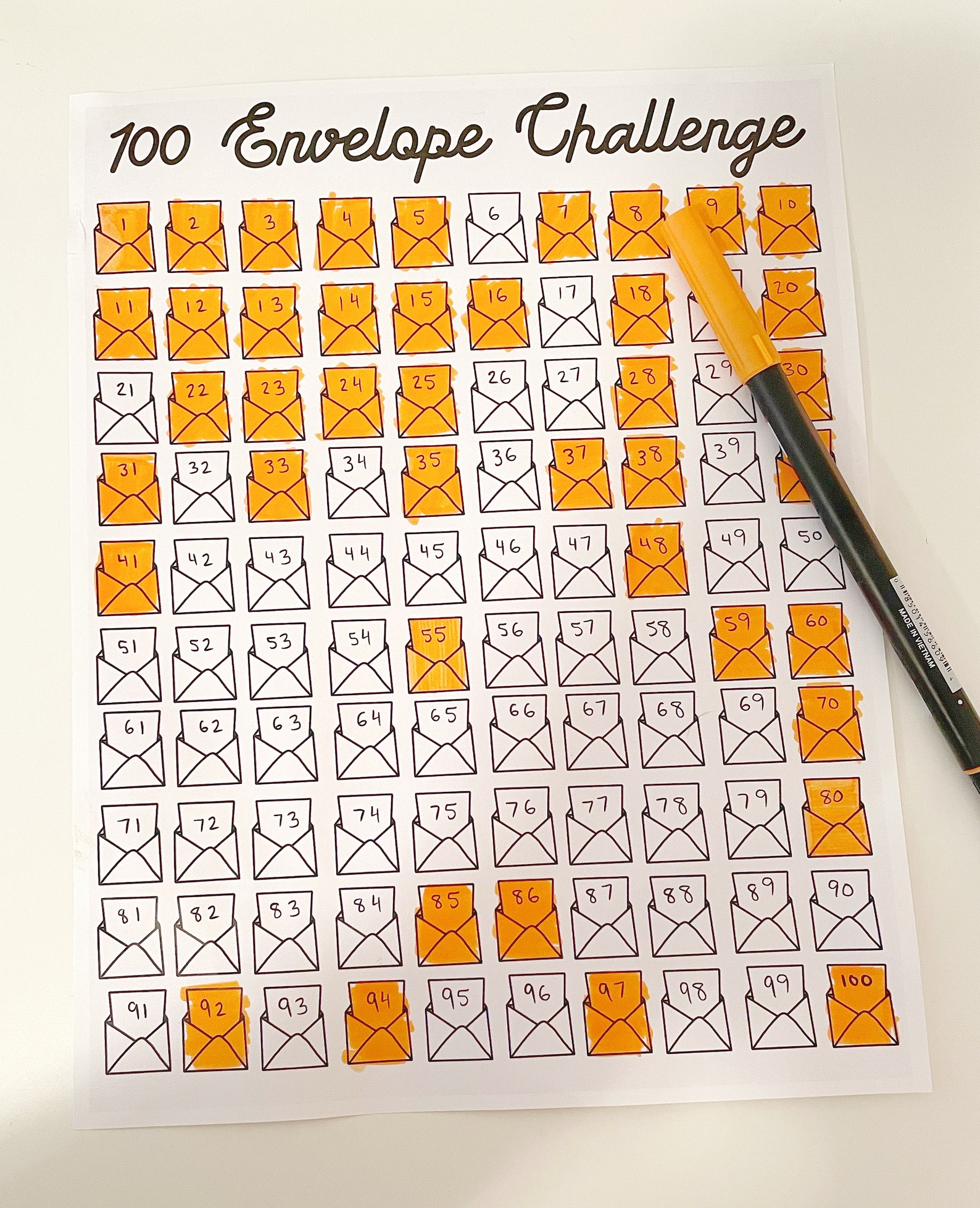

It’s certainly a fun way to build up a stash - but that doesn’t make it a fail-safe plan for creating a better financial future.

It begs the question: What could you do to save more? Steps to consider insteadĪgain, we’d never say that saving money is a bad thing, and if the envelope challenge helps you do that, then go for it. These challenges also fail to get to the root of why you might be struggling to save. It’s not just that the average person lacks the capacity to put enough money aside. All variants of the envelope challenge share the same drawbacks. The 52 envelope challenge might be more achievable than the 100 envelope challenge, but does that mean it’s the best way to save? Not necessarily. Is the envelope saving challenge a good idea? Either way, you’ll end up with an extra $1,378 at the end of the year - a lower dollar amount than the 100 envelope challenge, but still a decent amount of extra cash. You can also use numbered envelopes to complete the challenge or move the extra money from your bank account to a savings account. In other words, you save $1 on week one, $2 on week two and so on. With this challenge idea, you save a fixed amount over a year that proportionally increases with each week. One is the 52 envelope challenge (also known as the 52-week money challenge). What is the difference between the 100 envelope challenge and the 52 envelope challenge?

It’s doubtful that many people can afford to put almost all of this aside in just 100 days. workers was $41,535 in 2020, and the personal saving rate was 13.7%, it’s fair to assume the average person saves about $5,690 annually. If you don’t have the disposable income to put this much money aside in the first place, the challenge won’t change that.Ĭonsidering the real median earnings for U.S. However, we did say there’s a caveat to the challenge’s apparent simplicity. That’s a perfect amount for you to use as an emergency fund or even a significant contribution to a down payment. If you complete the challenge, you’ll net $5,050 before the 100 days are up. If you’re scratching your head trying to work out exactly how much you’d have at the end of the 100 days, we did the math. How much will you save with the envelope challenge? After all, the only things you need are a pen and a bunch of envelopes you can order on Amazon, right? Well, as we’ll soon reveal, it’s not quite that simple. Part of the challenge’s appeal is how easy it is to get started and save a significant amount of cash. That might sound easy enough - but draw number 95, and you’ll have to put away $95. Draw an envelope with the number three on it? You have to save $3 that day. For 100 days, take out an envelope at random every single day and save whatever the corresponding number tells you. Then, shuffle the envelopes like a pack of cards and keep them in a box or container.Īfter this, the fun begins.

Gather 100 envelopes and label them with numbers one to one hundred. The idea behind this money-saving challenge is simple. But maybe you’re skeptical about whether it works, or you wonder if there are better strategies to help you save more. The initiative is also known as the 100-day money challenge, and it’s all about saving money by following a unique envelope system. Whatever the backstory, the idea of saving thousands of dollars in such a novel way no doubt caught your attention. Or maybe you heard about it from a friend. If you’ve browsed any personal finance content, from TikTok to Twitter, you might’ve come across something called the envelope challenge.


 0 kommentar(er)
0 kommentar(er)
